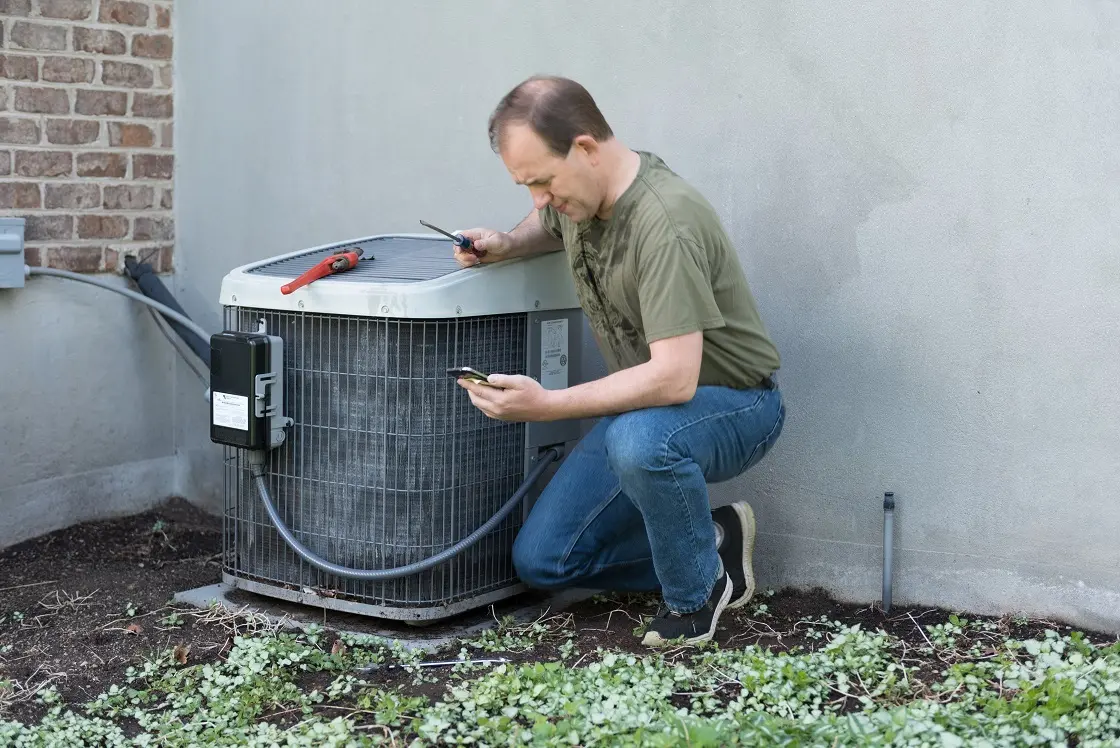Improve Your Bottom Line - Planning Capital Improvements for Your Rental Property
Knowing When to Spend Money Will Make You Money
The new year is upon us, and this is a good time to consider what capital improvements your rental property may need. Planning capital improvements in advance on an annual basis can help to improve your bottom line.
Regular Evaluations Help with Planning, Expense Management, and Resident Compliance
The first step is to create a comprehensive list of potential improvements or upgrades to your rental. Visit the property in person and review the condition. Start with the exterior, evaluating the condition of the siding, paint, roof, gutters, air conditioning, landscaping, and fences. What condition are they in and will they require replacing this year?
Next, look at the interior and evaluate every room. Your carpet may be threadbare or your hardwood floors in need of refinishing or replacement. Depending on the market, now may be a good time to plan for upgrading carpet flooring to a more modern hardwood.
How about the mechanicals? Gas water heaters typically last around 8 to 12 years, whereas electric models will last about 10 to 15 years. Check the age of your water heater and determine whether it is nearing the end of its life cycle. Evaluate your furnace and check your rental home’s appliances. Washer and dryer units, dishwashers, microwaves, ovens, and refrigerators periodically need replacement, and it is best to plan for it rather than wait until it has to be done at a higher cost in an emergency situation.
Additionally, consider ways that you can modernize your rental property and retain or increase the value. Bathroom and kitchen remodels, dual pane windows, and upgraded curb appeal are a prime example of ways that you can continuously maintain desirability and relevance in the market place.
Not only do regular evaluations assist with planning capital improvements, but also provides you with visibility into occupied properties, ensuring that your residents are abiding by the lease standards, such as no smoking, no pets, and other written policies.
Prioritize
After determining what capital improvements would be best, prioritize which improvements should be done first, and which can wait until later. For example, if your rental property’s water heater is well over ten years old, then this should appear at the top of your list. On the other hand, your rental property’s kitchen décor might be a bit dated, but still functional, so this could wait.
Establish a Budget and Timeline to Spread Out Expenses
Once you have determined which capital improvements need to be made, determine ballpark costs. Based on your priority list and budget, determine when you will complete each project. If you have small or relatively inexpensive improvements, you may want to create a one year plan. If you have a larger number or particularly expensive capital improvements, then you may adopt a five or ten-year plan to spread out expenses.
Now that you have a budget in mind, determine how much you will need to set aside each month. You can establish an escrow fund with your property manager.  Prioritizing an order in which capital improvements should be made can prevent expensive repairs and allow you to better maintain your rental. Keep in mind that any upgrades or improvements made to your rental property can also mean improved rental rates, the reduced time between vacancies, and higher-quality residents, which all increase your bottom line.
Prioritizing an order in which capital improvements should be made can prevent expensive repairs and allow you to better maintain your rental. Keep in mind that any upgrades or improvements made to your rental property can also mean improved rental rates, the reduced time between vacancies, and higher-quality residents, which all increase your bottom line.
Using Real Property Management keeps you up-to-date on what is needed and what the market place states the value is of those upgrades, maximizing your awareness of profit potential. Our offices perform regular evaluations not only to determine what repairs and improvements are recommended, but also to ensure resident lease compliance such as no smoking, no pets, and other written policies. Visit our Real Property Management office locator to find your nearest office.
We are pledged to the letter and spirit of U.S. policy for the achievement of equal housing opportunity throughout the Nation. See Equal Housing Opportunity Statement for more information.
Get the Neighborly App
In addition to Real Property Management's expert skills in managing your rental property, you can utilize Neighborly's other brands to maintain and enhance your home. Use the Neighborly App to get connected to local home service professionals. Download and receive offers only available on the App.
Depending on current health and safety regulations in your area, some of the services mentioned in this post may not be available. Neighborly service providers will follow the latest health and safety guidelines provided by the local and state governments. Please check with your local Neighborly service provider for details at the time you need service(s).






